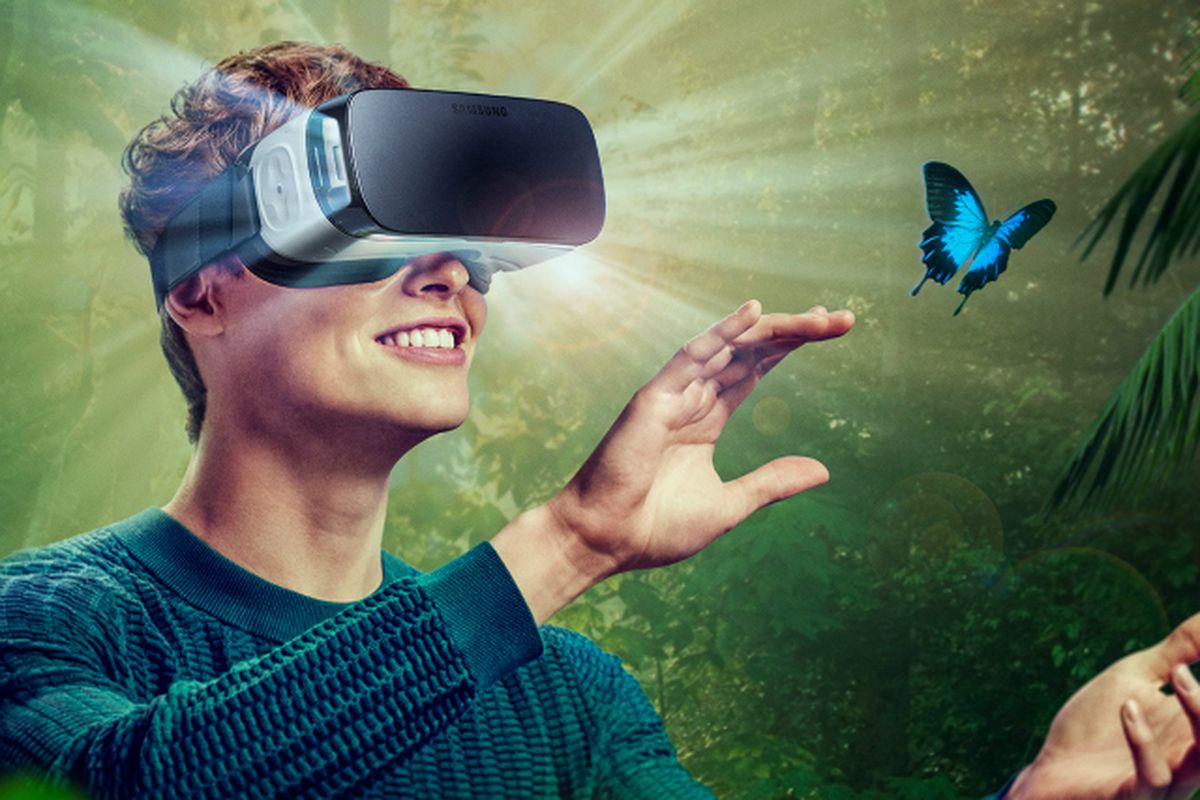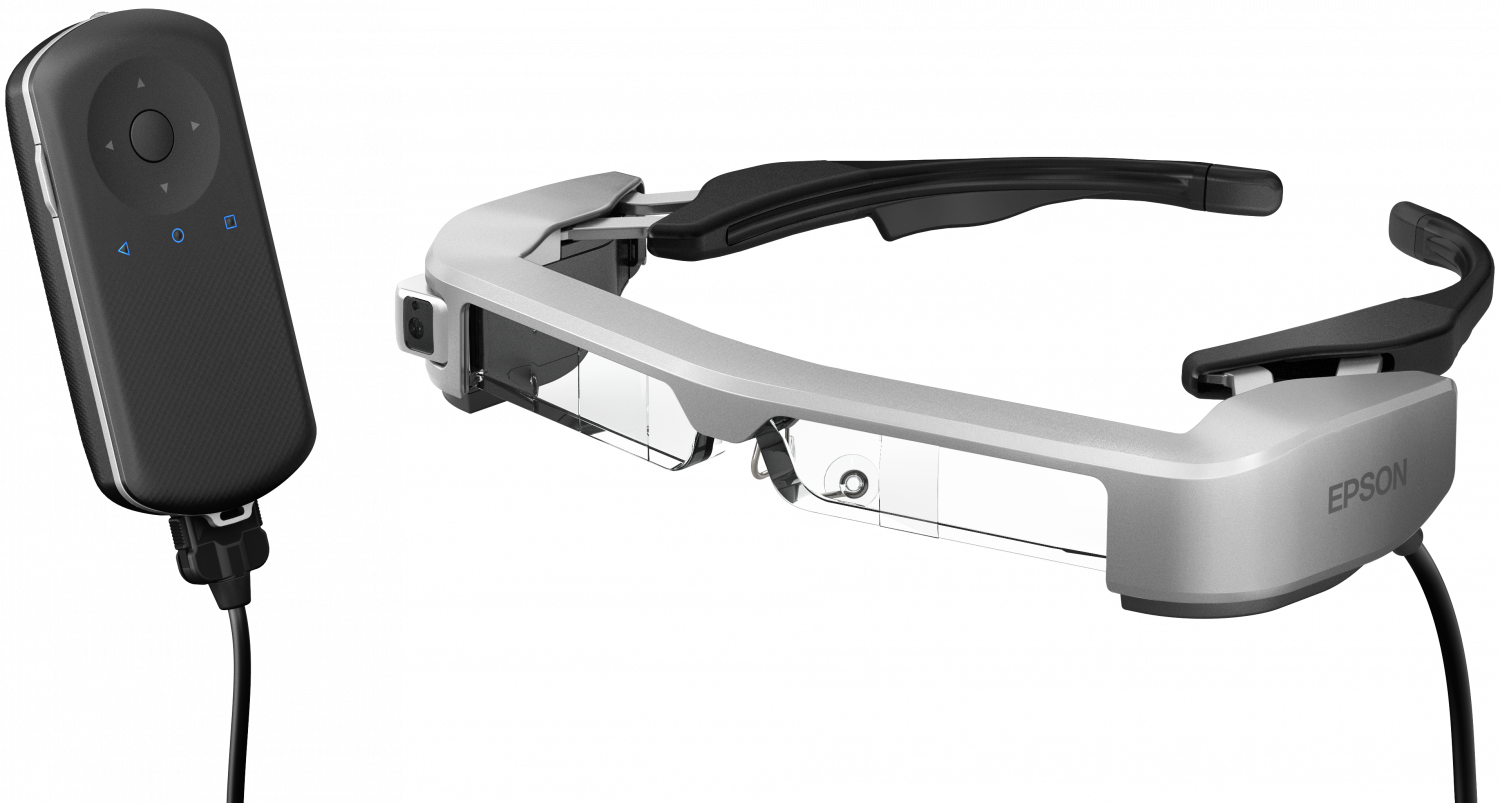Top Five Breakthroughs in VR and AR to Expect in the Next Five Years
Virtual reality and augmented reality represent a next frontier in technological innovation and many of the leading tech giants are investing heavily into these immersive technologies including Google, Facebook, HTC, Magic Leap, Samsung and Sony among others. Even Apple is diving into the bandwagon with a planned VR headset slated for release in 2021.
Most of these companies are competing head-on trying to upstage one another in a small but fast-growing niche market for virtual reality headsets and AR smart glasses which is about to explode and go mainstream. There is also a VR content market and a creeping peripherals market for haptics and olfaction.

Growth is likely to be anchored by the falling prices coupled with the exponential advancements in both the virtual reality and augmented reality hardware. The world’s next biggest disruptor is slowly crawling its way out of the early adopters’ market into the mainstream.
With several of the major players busy in their R&D labs trying to imagine the next generation of VR and AR hardware, we are going to see a lot of dynamism in this space. Some of the players are likely to be shoved by the wayside and new players with more innovative ideas will emerge to take up their place.
Here is a look at some of the major breakthroughs that we are likely to see within the next five years:-
The transition to standalone mobile virtual reality headsets will be complete
From the moment the first virtual devices were made, the devices have always relied on PC connections where setup often requires fiddling with cumbersome wires and clunky hardware which limit the user’s field of motion and thereby, the user experience.
However, virtual reality is currently moving into the dematerialization phase and we are going to see less and less of the wiring and the clunky hardware and more and more of standalone, smaller, lighter and more compact virtual reality headsets that will give users a more mobile experience.
Currently, the leading standalone virtual reality headset on the market is the Oculus Go which needs only a mobile app. The Oculus Go headset can also be transported and be used wherever there is a Wi-Fi connection. It is a 32Gb headset that shares the same app ecosystem as the Samsung Gear VR and is priced at just $200. The Google Daydream headset is also a standalone device but it needs a docked mobile rather than a built-in screen like in Oculus Go.
The latest entrant in the standalone market is the Oculus Quest headset which offers two options for 64GB and 128GB. It packs quite a punch with superb specs given that it’s an untethered headset.
The augmented reality space is also moving rapidly towards untethered devices with Microsoft HoloLens 2 leading the pack in offering users untethered experiences. Building immersive reality hardware that are free from the constraints of heavy and bulky hardware will make the devices more portable and interactive, enabling owners to use them virtually anywhere. In the years to come, these devices will get smaller and more portable while packing very good specs, enabling users to set up and put them on almost instantly.
Wider field-of-view augmented reality displays
The Microsoft HoloLens 2 currently provides the best in the industry in terms of both comfort and display quality. The most debilitating issue with the previous version of the HoloLens was its limited rectangular field-of-view (FOV).

In the HoloLens 2 headsets, Microsoft implemented a laser technology which created a microelectromechanical systems (MEMs) display which by relying on mirrors, directed the waveguides right in front of the wearer’s eyes. The enlargement of the images is subsequently realized by changing the angles of the mirrors. The HoloLens also has a higher resolution of 47 pixel per degree which now doubles the FOV over that of its predecessor. The headset will come out by the end of the year with a starting price of $3,500. Initially, it will be targeting the enterprise customers and developers before it is eventually rolled out to individual consumers.
The Magic Leap AR headset also gives users a similar FOV but the resolution is lower than that of HoloLens 2. There is also the Meta 2 headset with a wider 90-degree field-of-view but it is not a standalone headset and you have to set it up with a cable attachment. For the next few years, the race will be on by the hardware vendors to realize the natural human 120-degree horizontal FOV. An expanded FOV will also have the impact of making these devices more usable.
5G connectivity to significantly reduce latency
5G networks are already here with us but the rollout will be a protracted process that will take years. The networks provide up to 100 times the speed of 4G networks so they are going to usher in an era of ultra-high-speed connectivity.
Many of the leading global carriers are already in the early stages of rolling out 5G networks. Additionally, some of the top tech corporations such as Samsung, Huawei, LG and ZTE are also working on 5G devices.
5G networks will usher in a critical era in communications, eliminating the delay or latency that is so prevalent with the current networks and devices. 5G will result in such high speeds of connectivity that the latency that currently plagues mass communications will almost be imperceptible.
The standalone virtual reality and augmented reality devices will heavily rely on 5G networks to seamlessly operate from virtually anywhere. Hyper-efficient real-time connectivity will be key to the success of the immersive experiences and applications of the future.
Creation of alternate dimensions through the mapping of the real worlds
Highly developed augmented reality experiences will envelope the physical space and create alternative dimensions of reality called “mirror worlds”. While augmented reality overlays digital objects in the line of sight of the real-world environment of the user, a mirror world scans the real world to create alternative dimensions of experiences. For example, the floor in your home can dissolve into a calm lake with the furniture pieces of the room transforming into little sailboats.
There are already glimpses of the augmented reality “mirror worlds” such as in the Pokémon Go app. In the future, it will be possible to map out the real world in order to create this augmented “mirror worlds”. This will require AR headsets capable of figuring out the architecture of the surrounding environments and then designing new experiences around this. With time, the scanning accuracy of most AR devices is going to improve significantly which will enable the creation of persistent alternate dimensions.
More realistic eye-tracking and facial expressions
Ultimately, VR and AR technologies provide a fundamental opportunity to enhance communications. However, the current state of immersive technology hardware fail to capture some of the subtle yet important aspects of human communications and interactions. Non-verbal communication cues such as microexpressions and eye movements can give an invaluable clue into someone’s desires and emotions.
There are companies that are already developing hardware add-ons and software solutions that help capture these cues. Tech companies such as Tobii and Pupil Labs are already developing solutions for both VR and AR headsets that provide users with foveated rendering. This works by rendering a particular scene in high resolution in the fovea region of the human eye; at the same time, the peripheral regions will be under lower resolution thereby helping conserve the processing power.
Eye-tracking can serve various needs. In the HoloLens 2, the eye-tracking can also be applied in the identification of users and in customizing the lens width in order to give every individual a more comfortable and personalized experience. When this is combined with AI-powered motion-detecting software, it is possible to design AR or VR devices that will be capable of producing very expressive and richly-textured interactions between people that will transcend both physical and language barriers.
These promising developments will radically revolutionize the VR/AR market and even our lives. In the future, our richly-textured virtual worlds will be just as consequential as our real lives.
The immersive technologies will also be highly beneficial for the next generation, helping empower people with holistic learning environments that will capture not just the social but also the creative and emotional components of learning through very immersive storytelling and simulations. The technologies will revolutionize not just our entertainment but every other facet of our lives including training, working, healthcare, manufacturing and design among others.
Within the next decade, both virtual reality and augmented reality technology will unlock unimaginable opportunities and new applications. Things that we can’t even begin to imagine will be happening through very visceral experiences. These virtual worlds will also merge with other emerging technologies such as 3D printing, artificial intelligence and other futuristic computer advancements that will create some mindboggling disruptions in the years ahead.
https://virtualrealitytimes.com/2019/05/11/top-five-breakthroughs-in-vr-and-ar-to-expect-in-the-next-five-years/https://virtualrealitytimes.com/wp-content/uploads/2019/05/Oculus-Quest-and-Rift-S-600x338.pnghttps://virtualrealitytimes.com/wp-content/uploads/2019/05/Oculus-Quest-and-Rift-S-150x90.pngAugmented RealityComputingInventionsMixed RealityTechnologyVirtual reality and augmented reality represent a next frontier in technological innovation and many of the leading tech giants are investing heavily into these immersive technologies including Google, Facebook, HTC, Magic Leap, Samsung and Sony among others. Even Apple is diving into the bandwagon with a planned VR headset...Sam OchanjiSam Ochanji[email protected]EditorVirtual Reality Times - Metaverse & VR

